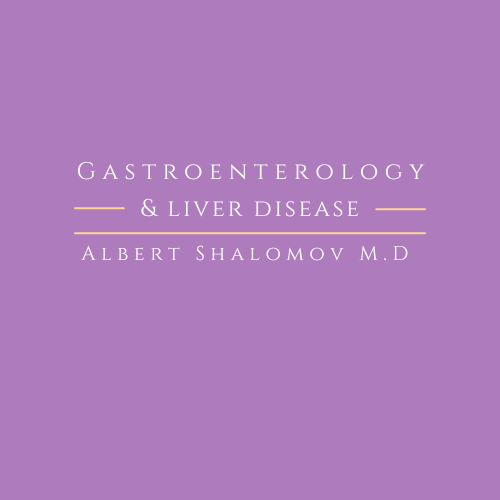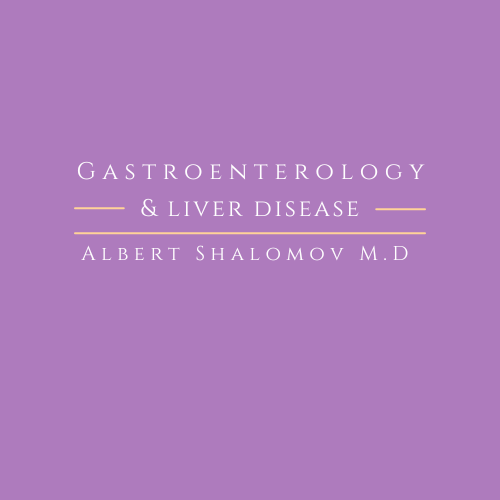Fatty Liver
What Is Fatty Liver ?
Less common, impacting roughly 5% of the U.S. population, ALD directly arises from alcohol consumption. Consequently, it often improves with abstinence. Continued alcohol use, however, can lead to severe complications, including:
Causes of Fatty Liver ?
Obesity
Malnutrition
Chronic viral hepatitis, particularly hepatitis C
Sex
Age:
Obesity or overweight status
Genetics
Insulin resistance or type 2 diabetes
High levels of triglycerides or “bad” cholesterol, or low levels of “good” cholesterol
Age
Polycystic ovary syndrome
Sleep apnea
Hypothyroidism
Hypopituitarism
Malnutrition
Rapid weight loss
Exposure to specific toxins and chemicals
Hispanic or Asian ethnicity
Metabolic syndrome
Symptoms of Fatty Liver ?
Swollen belly
Enlarged blood vessels underneath your skin
Larger-than-normal breasts in men
Red palms
Jaundice
Nausea, weight loss, or loss of appetite
Tiredness or mental confusion
Diagnosis of Fatty Liver?
Alcohol Consumption Inquiry.
Medical History
Physical Examination
Body Mass Index (BMI) Calculation:
Blood Tests
Liver Function and Enzyme Tests
Fibrosis Assessment Tests
Lipid Profile
Other Blood Tests
Hemoglobin A1c
Ultrasound
CT Scans
MRI
Elastography Tests
Treatment of Fatty Liver?
While no medications currently hold FDA approval for NAFLD, several promising options are undergoing clinical trials.
The primary treatment strategy for NAFLD is weight loss. Reducing body weight by just 3% to 5% can significantly decrease liver fat accumulation, inflammation, and scarring. For individuals with substantial weight to lose, weight loss surgery may be a viable option.
Abstinence from alcohol is crucial for preventing further liver damage and potentially reversing existing damage. If you struggle with alcohol dependence, consult your doctor about accessing support resources. Medically supervised detox programs can facilitate safe withdrawal and manage withdrawal symptoms.
In severe cases of NASH with complications like cirrhosis or liver failure, a liver transplant may be necessary. Fortunately, liver transplant recipients with NASH generally experience positive outcomes.

“Thank you for visiting Gastroenterology & Liver Disease, my goal is to treat my patients in a highly personalized manner and I am dedicated to give you the utmost attention and respect that you deserve. For more infromation on this disease or to schedule a consultation with me, please give us a call or book a tele-health appointment online.”

